News & Events
NewsEvents
Type of news:
Show all
Sort by
Newest first
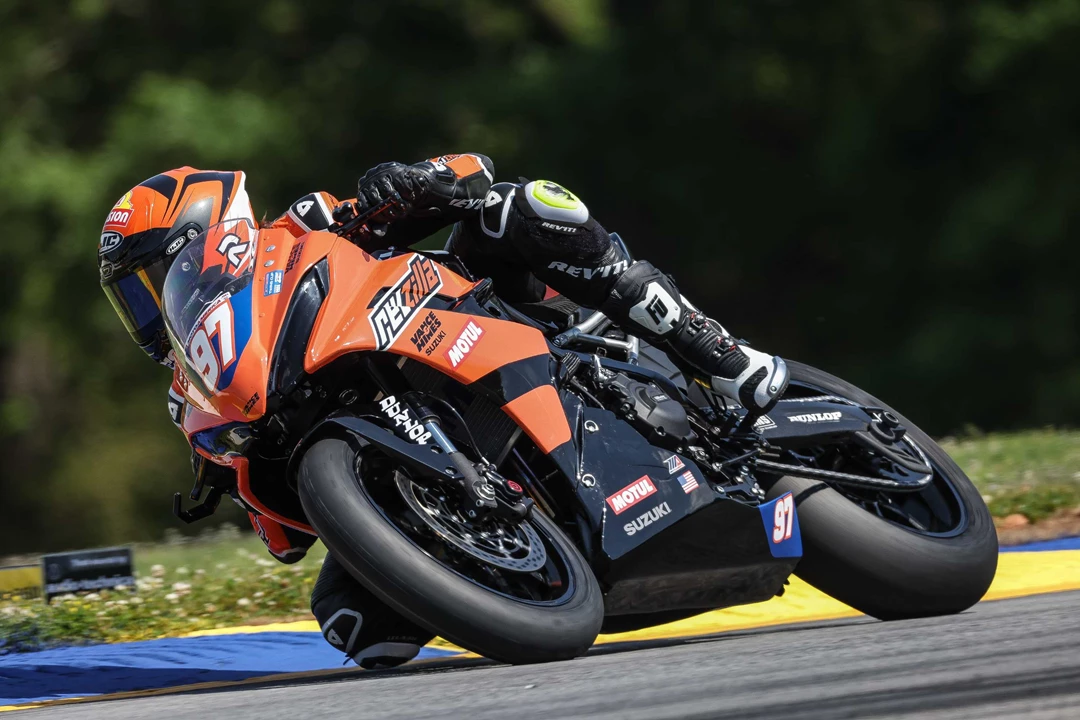
23rd April 2024
GSX-8R wins in MotoAmerica
The GSX-8R has taken its first win in MotoAmerica, winning at the Twins Cup race at Road Atlanta.
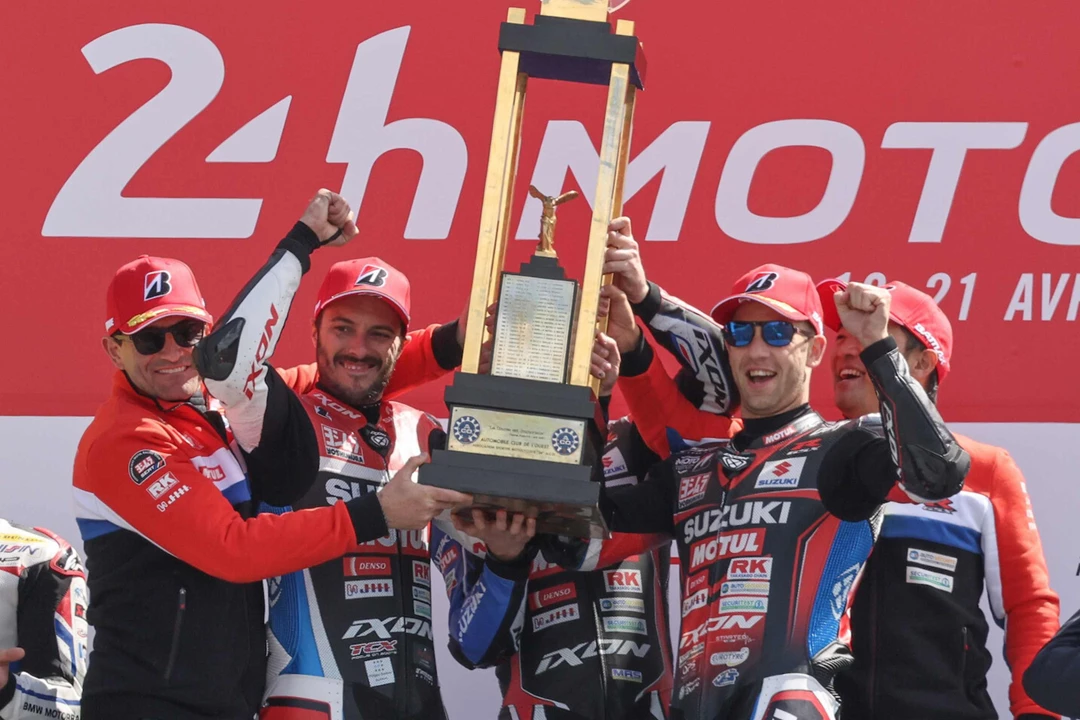
22nd April 2024
Yoshimura SERT wins the Le Mans 24-Hours
The Yoshimura Suzuki Endurance Racing Team (SERT) has won the prestigious Le Mans 24-Hour endurance race and the opening round of the 2024 Endurance World Championship.
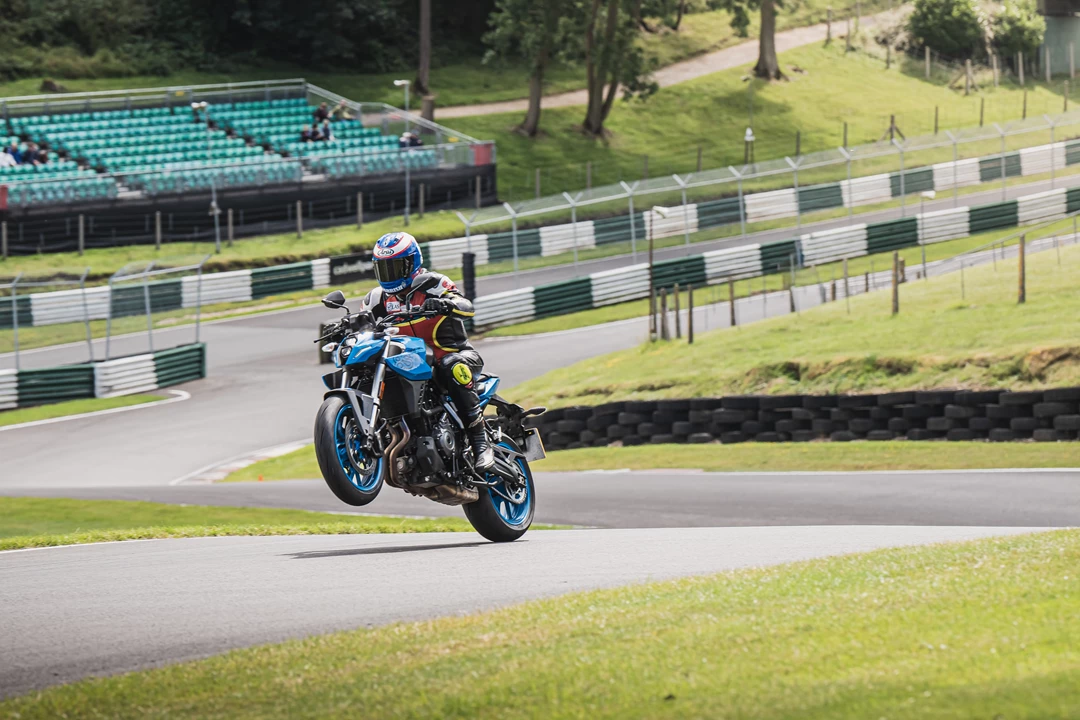
22nd April 2024
Top reasons to visit Suzuki Live this summer
Suzuki Live will turn Cadwell Park blue in just two months time. Riding your bike on track, aside, here are the top reasons to visit!
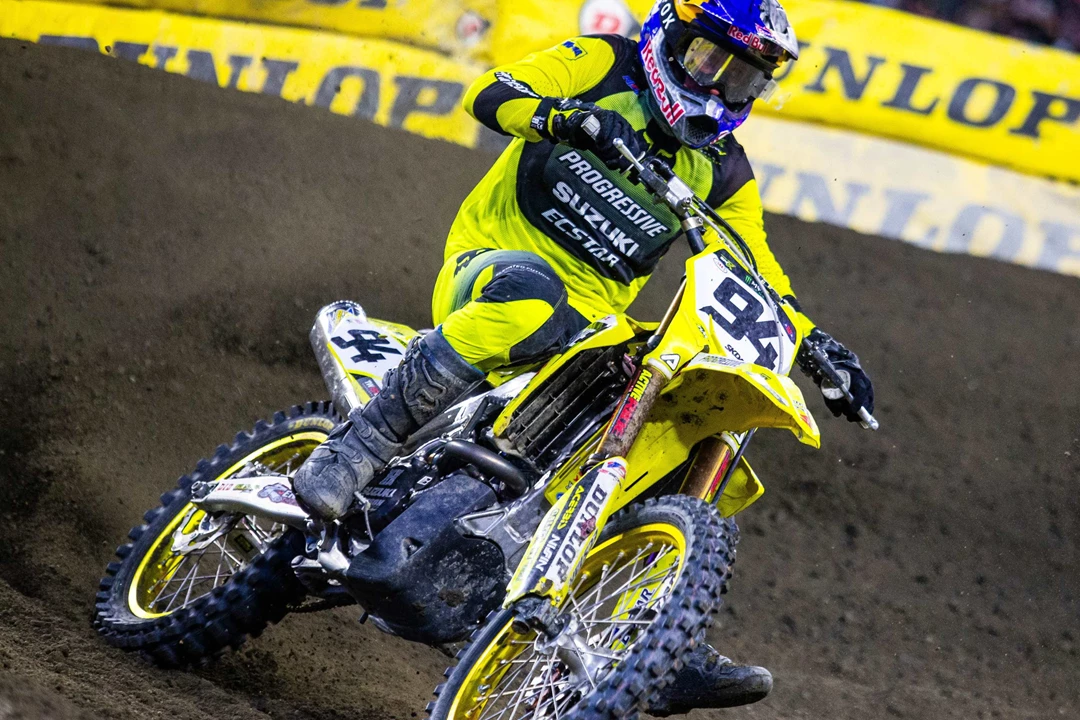
16th April 2024
Roczen races to Foxborough supercross podium
Ken Roczen raced to his sixth podium finish of the season, finishing third in the main event at Foxborough supercross.
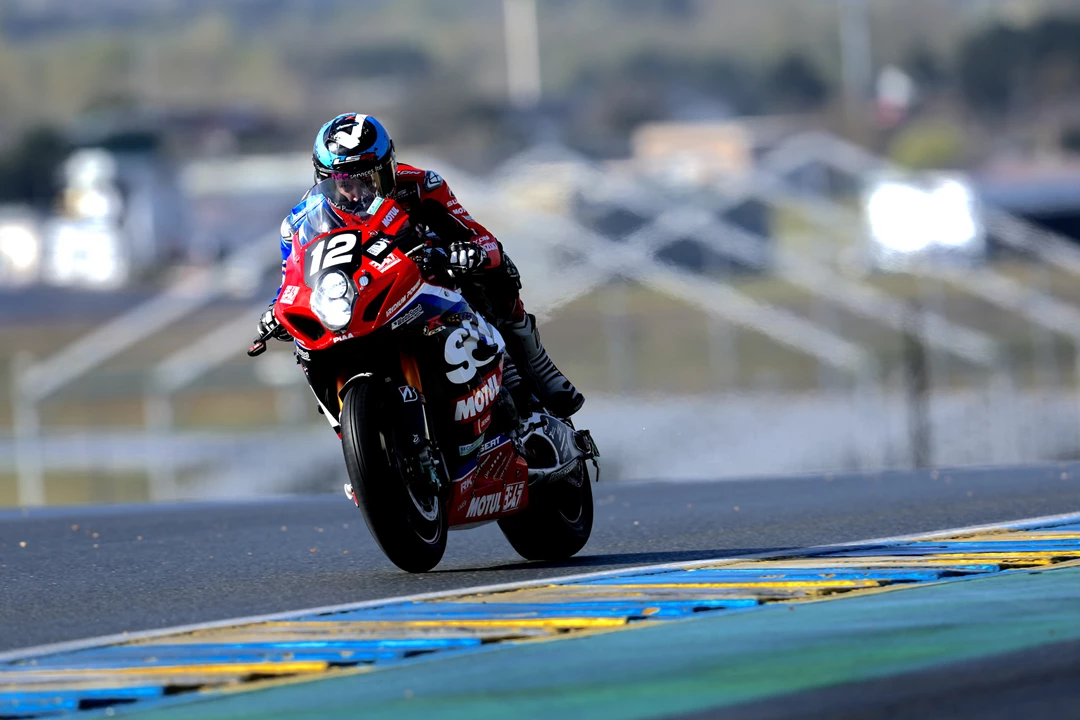
15th April 2024
Linfoot set for SERT debut at Le Mans 24-Hour
Dan Linfoot has swapped the British championship paddock for the Endurance World Championship (EWC), joining the Yoshimura Endurance Racing Team (SERT) for 2024. We spoke to him ahead of the Le Mans 24-Hour.

11th April 2024
Updated colours for GSX-S950
Suzuki has revealed 2024 colours for its GSX-S950.

16.11.2024 - 24.11.2024
MOTORCYCLE LIVE 2024
NEC, Birmingham
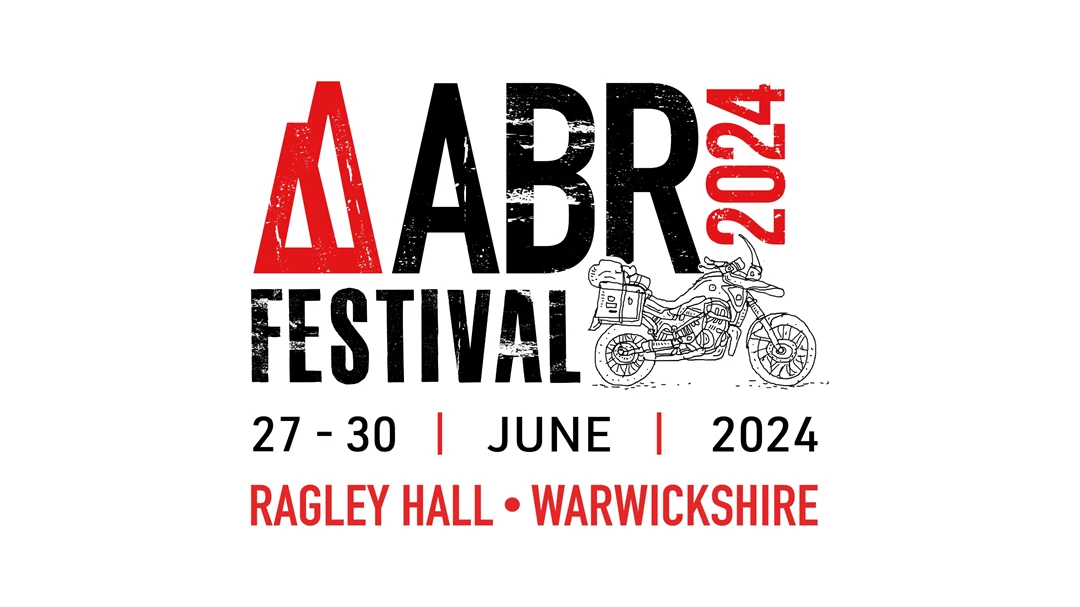
27.06.2024 - 30.06.2024
ABR FESTIVAL 2024
Ragley Hall, Warwickshire
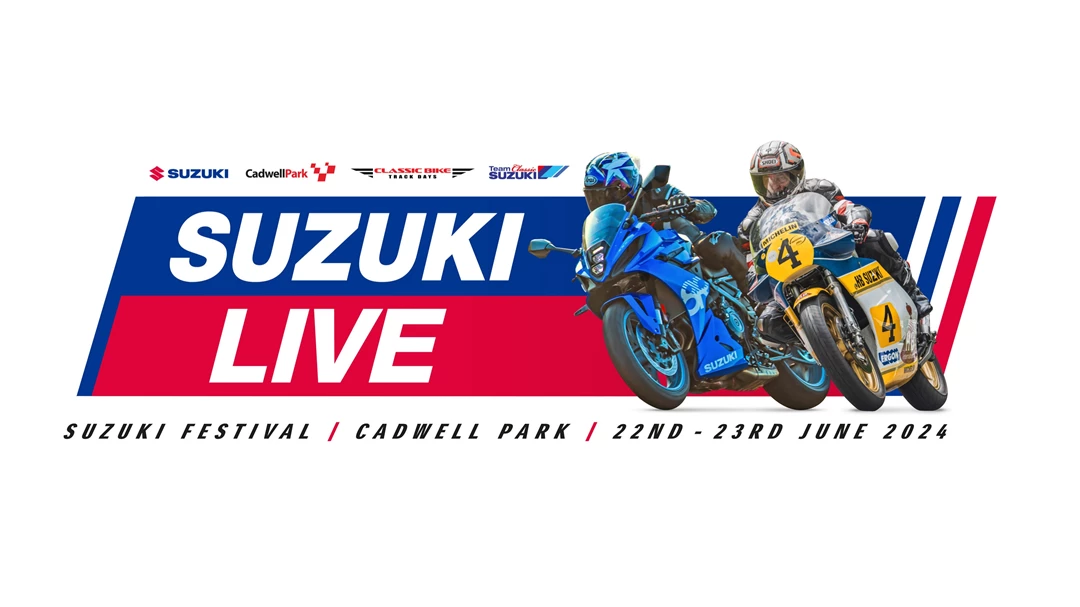
22.06.2024 - 23.06.2024
Suzuki Live 2024
Cadwell Park

